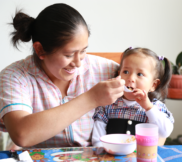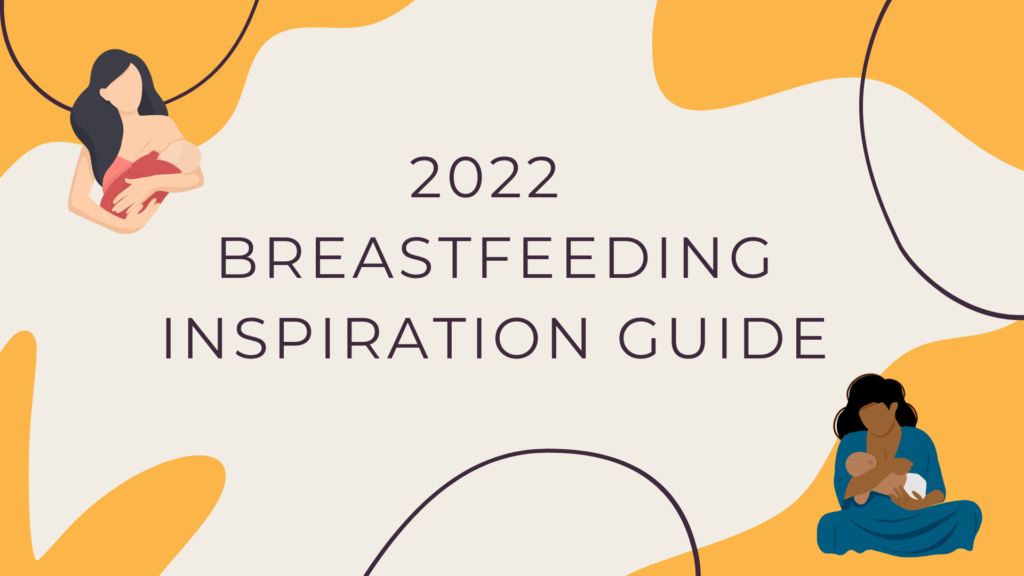The U.S. Picture
For too many in America, a healthy first 1,000 days is out of reach.
By several measures, the United States is failing its mothers and young children. The U.S. has one of the highest infant mortality rates and maternal mortality rates of any wealthy country, with notable disparities along racial and ethnic lines. Our nation also ranks among the worst of our peers on key child health metrics: 1 in 10 babies is born too early, 1 in 6 babies is never breastfed, and 1 in 8 toddlers weighs too much. Workers are not guaranteed comprehensive, job-protected paid leave, jeopardizing the ability of many parents to care for themselves and their children. And too many families struggle to put nutritious foods on the table, as nearly 1 in 7 households with children is food insecure. The lack of access to affordable, nutritious foods is driving an epidemic of childhood obesity and has led experts to suggest that the current generation of children could be the first to live less healthful lives than their parents.
The picture becomes more troubling when it comes to pregnant, birthing, postpartum, and parenting people of color and those from low-income families. Factors such as the color of our skin or the neighborhood we live in should not affect our health and well-being; however, this is a reality in many communities. Social determinants of health, which are conditions in the places where people live, learn, work and play – as well as the chronic stress that comes from racism – mean that some families do not have access to the resources and support they need to be healthy and thrive during the first 1,000 days and beyond. In particular, families of color and low-income families are more often overburdened and under-resourced. This results in glaring disparities in the health and well-being of too many families.
The Solutions We Support

Comprehensive health coverage for women in the first 1,000 days
When a woman doesn’t get the care she needs before, during and after pregnancy, her health and that of her baby—is put at risk.

Dietary guidelines for the first 1,000 days
Comprehensive guidelines on nutrition during pregnancy, lactation, and early childhood serve as a reference point for families, providers, and federal nutrition programs.

A paid family & medical leave policy for all workers
Without paid leave, many families in America lack the time they need to care for their babies and themselves.

Investments to ensure parents and caregivers can access good nutrition
Evidence-based, proven programs like WIC and SNAP are a critical investment in the health and well-being of moms and babies.

Photo Credit: United States Breastfeeding Committee
17%
of babies in the U.S. are never breastfed.
16%
of children under the age of six live in food insecure households.
83%
of workers do not have access to paid family leave.
17%
of babies in the U.S. are never breastfed.
16%
of children under the age of six live in food insecure households.
83%
of workers do not have access to paid family leave.
Photo Credit: United States Breastfeeding Committee



